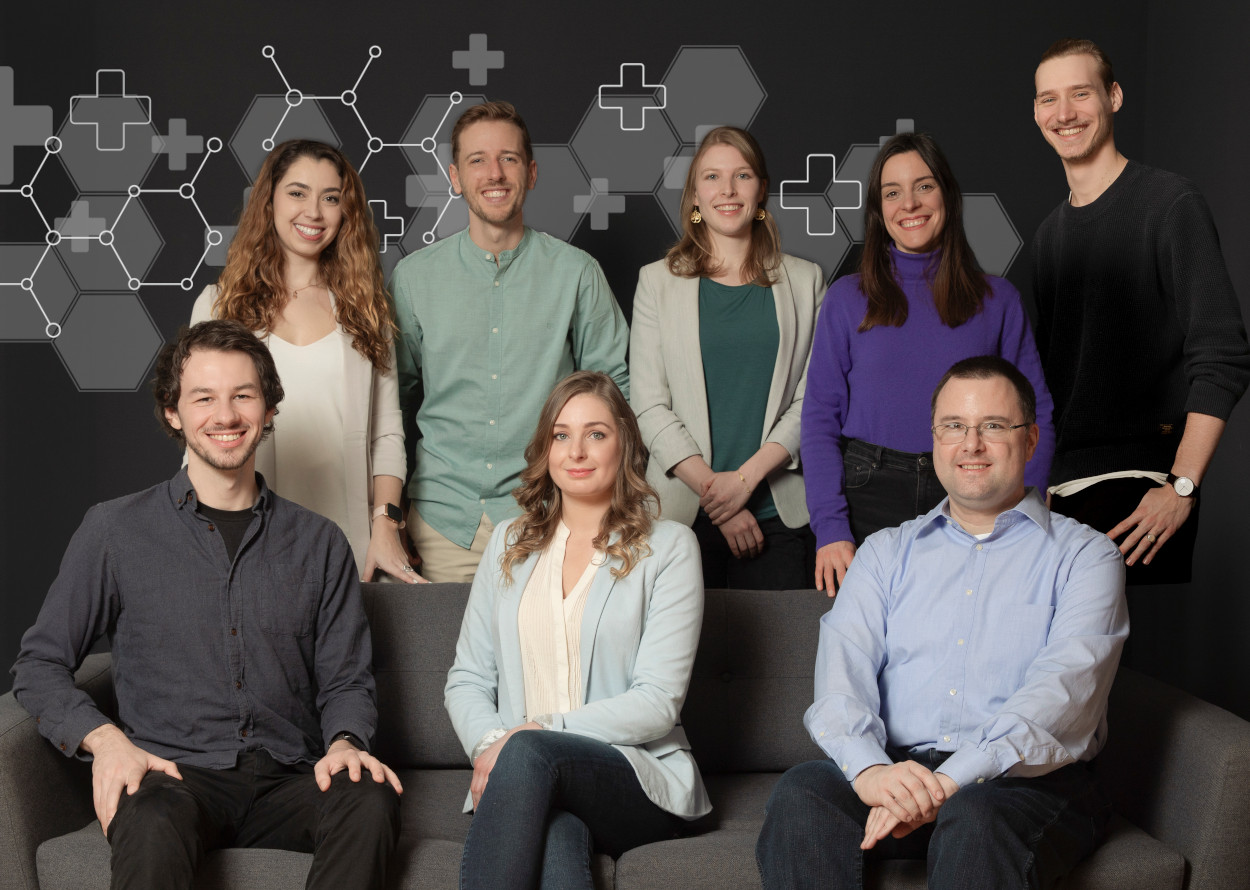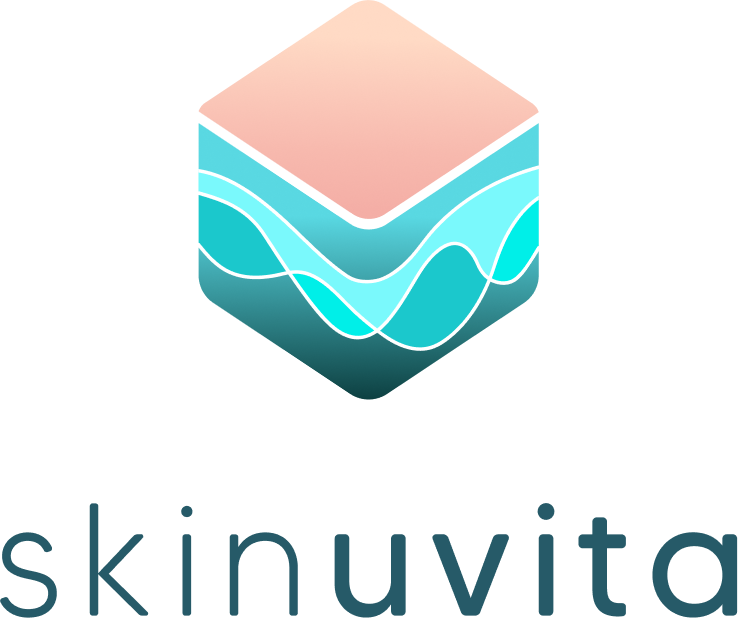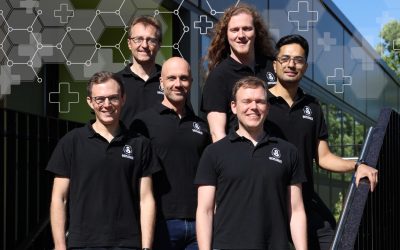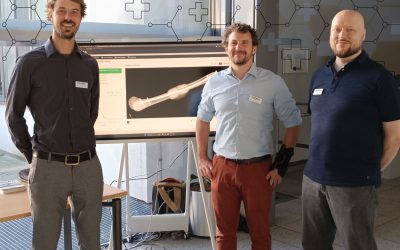In order for medical devices and IVDs to receive a CE marking, proof of their safety and performance is required. In most cases, there is not enough clinical data available for innovative products – for example from similar products – so that it is necessary to collect one’s own data as part of a clinical investigation. Some startups from the 4C Community are already in the process of implementing their own studies. This includes the startup Skinuvita, which gave us insights into the multicenter study of its class IIa medical device.
What is the best way to start?
First of all, it must be clarified whether clinical data needs to be collected at all. This is because, depending on the risk class of the medical device, proof of safety and performance can also be provided without or using existing clinical data. Whether suitable data is available for your own product can only be determined on the basis of a comprehensive, systematic literature search. It is therefore always at the beginning of the clinical evaluation process of a medical device or the performance evaluation of an in-vitro diagnostic (IVD). Generally, there is not enough clinical data available for innovative products – otherwise the product would probably not be so innovative. 😉
Clinical trial, clinical study, approval study, … In everyday language, different terms are used, which basically mean the same thing. The MDR speaks of “clinical investigation”, the IVDR of “performance study”. Particularly in a regulatory context, the correct term should be used.
Once it is clear that a own clinical study is necessary, it is worth taking a look at the “Decision tree clinical investigations” for medical devices and for IVDs from the Federal Institute for Drugs and Medical Devices (Bundesinstitut für Arzneimittel und Medizinprodukte, BfArM). This free tool helps to clarify important, fundamental questions regarding the classification of the study and the type of approval process. This facilitates the start of concrete planning.
Last but not least, as a MedTech founder, you cannot avoid doing some mandatory reading:
- MDR (esp. Articles 62, 70, 73, and Annex XV)
- National regulations on medical devices, in Germany e.g. the MPDG
- ISO 14155:2020
- Deklaration of Helsinki
- MDCG-Guidelines on clinical investigations
Endpoints as a core element of planning
The starting point for the planning of the clinical investigation is the definition of the study objective. Once the objective is clear, the endpoints that need to be demonstrated are defined. The endpoints are primarily derived from the intended use of the medical device. Benchmark products and the current gold standard for the treatment of a specific indication provide orientation for the definition of the endpoints – a comprehensive literature search is also worthwhile in this regard. In principle, the following applies: To obtain a CE marking, it must be demonstrated that a product is safe (“safety”) and does what it is supposed to do (“performance”). In addition, it may be useful or even necessary to define endpoints regarding the “clinical benefit”.
Particularly with a view to commercializing the product, it is often essential to investigate endpoints that go beyond safety and performance. For example, in order to convince stakeholders such as health insurance companies or to be allowed to use certain advertising claims later on. For this reason, the startup Skinuvita has decided to investigate safety and performance as primary endpoints in its clinical investigation and patient-related aspects of clinical benefit and quality of life as secondary endpoints.
Based on the endpoints, the appropriate study design can then be determined. Skinuvita’s current study is a multi-center, single-arm pivotal study designed to demonstrate the safety and performance of its class IIa medical device in the home setting of patients. As no control group was required in this case, the design is relatively lean. Nevertheless, the costs for the startup will ultimately be in the low to mid 6-digit range.
The Clinical Investigation Plan
The Clinical Investigation Plan (CIP) is the central document. It provides the complete framework for a clinical investigation and can quickly reach between 50 and 150 pages (excluding the appendix!). ISO 14155 should always be used as a guide when preparing the CIP. Working with standards not only helps everyone involved, but also ensures sufficient and consistent quality of the data collected on the basis of the plan
The startup Skinuvita has learned a number of lessons from the creation of the CIP:
- Contraindications and exclusion criteria for study participants should be presented in detail
- It must be well argued why the selected study population is representative
- The requirements for the reporting of adverse events from the MDR, Article 80 should be included
Although the CIP is the central document, it is only one of many documents that must be prepared for a clinical investigation and its application for approval. Checklists from the authorities and ethics committees help to maintain an overview.
Via the ethics committee and the competent authority to approval
The approval of a clinical trial is sequential, i.e. the OK of the Ethics Committee (EC) is required before approval can be obtained from the competent authority – in Germany the BfArM.
The documents that must be submitted for evaluation by the EC can be found on the AKEK website. According to the experience of the startup Skinuvita, there are also checklists and templates for some documents that should definitely be used. Among other things, the GDPR comes into play here. For example, it must be described exactly which personal data of the study participants is collected, why it is collected and who has access to this data and for what purpose. As a general rule, the EC’s assessment focuses on the study participants, their rights and their protection.
In the second step, the study is evaluated by the BfArM. In contrast to the EC, the authority focuses its decision on the product to be investigated. For (future) medical device manufacturers, this means that the necessary documents for the product must be prepared in advance and pre-clinical verification and validation must be completed. To do this, you need to be clear about the risk class of your product, which is also checked by the BfArM. Each classification rule from MDR or IVDR (see Annex VIII, respectively) must be checked individually and reasons given as to why it does or does not apply – this is also confirmed by Skinuvita’s experience. The BfArM offers consultation that can be taken advantage of before submitting the documents. This can be very useful, but should be well prepared.
Looking at the timeline, the entire application process can take several months until the final approval is received. In the case of Skinuvita, it took a total of six months. Although the MDR and the MPDG specify timeframes that the competent authority, the ethics committees and the sponsor must adhere to, the actual time required is difficult to plan due to unforeseeable queries. Anything from a few weeks to over eight months is possible. The latter can be the case in particular if expert committees need to be involved in the evaluation process. But as so often, good preparation is half the battle.
You’re ready to go!
After a positive ethics vote and successful approval by the BfArM, you’re ready to go. Right? Before a young company starts implementing a clinical investigation, it should ask itself honestly and critically: Do we have the necessary know-how? Or do we have enough freedom to acquire the know-how ourselves? And do we have sufficient human resources to go into implementation on our own? Startups usually decide to call in external support. The startup Skinuvita, for instance, relies on the extensive support of a CRO. Among other things, the CRO handles project management, training of the study team, the biostatistical part, monitoring of the study and data management.
Whether with or without external support, the comprehensive documentation of an ongoing study is crucial. With regard to the safety endpoint, for example, all adverse events are documented, assessed in terms of their risks for patients and their relation to the medical device under scope and, if necessary, reported to the competent authority. ISO 14155 and the topic-specific MDCG Guideline on Safety Reporting in Clinical Investigations provide guidance on documentation and reporting requirements.
And how could it be any different, delays often occur when conducting clinical investigations. In the case of Skinuvita, the coordination of the initiation dates with the various study centers was the main cause of delays. However, the study is now running and the necessary clinical data is finally being collected. We wish our “4C Accelerator” alumni Skinuvita every success and look forward to the results!
Skinuvita enables telemedically supervised and guideline-compliant UV home therapy. With this, the interdisciplinary team is making UV therapy more accessible to people with chronic skin conditions who are unable to receive this light therapy due e.g. to limited practice opening hours and long travel distances. The therapy system consists of a planning and monitoring tool for dermatologists, a patient app and a lamp control module.






